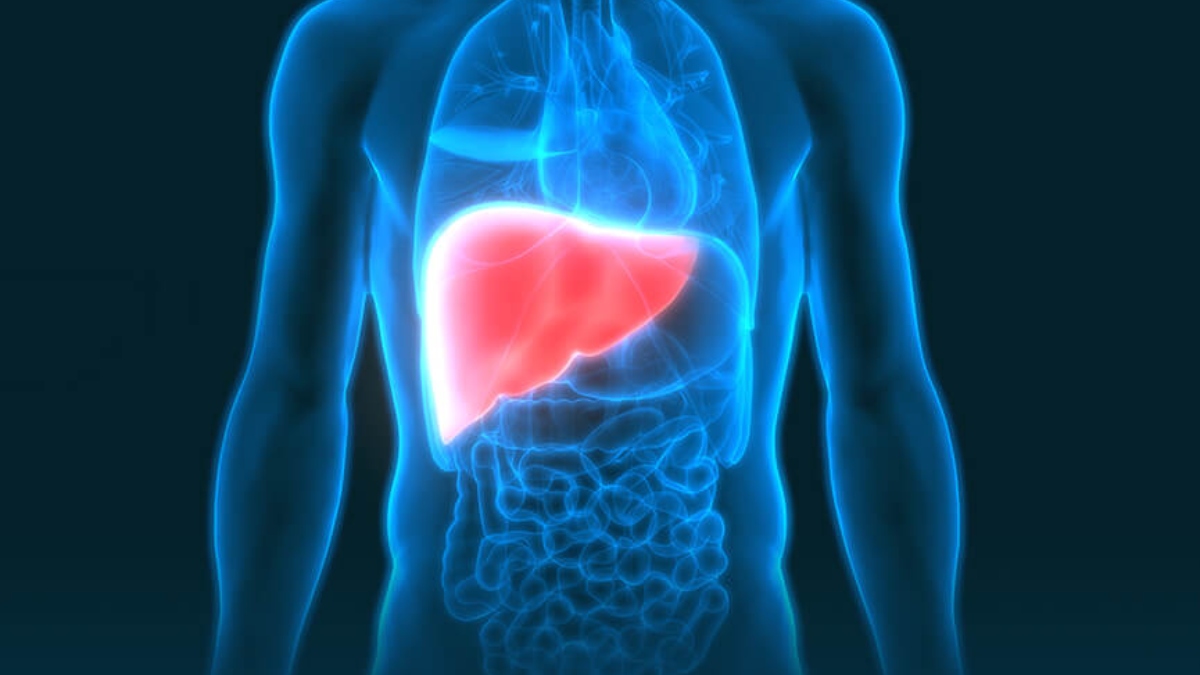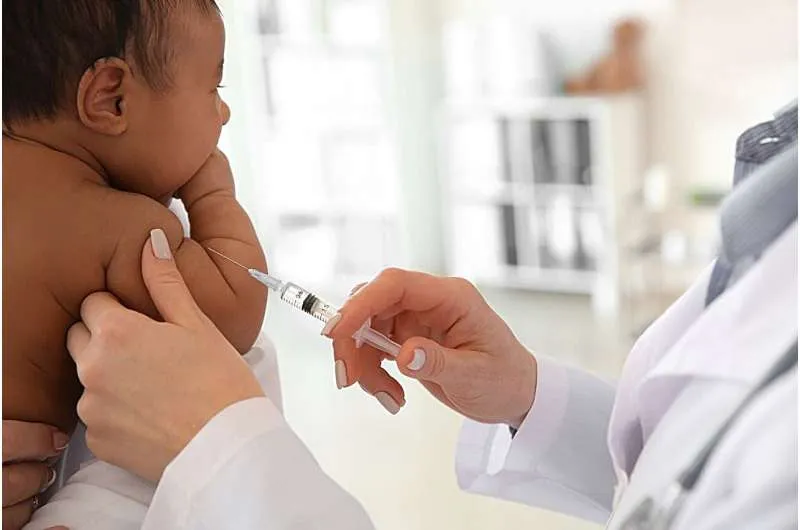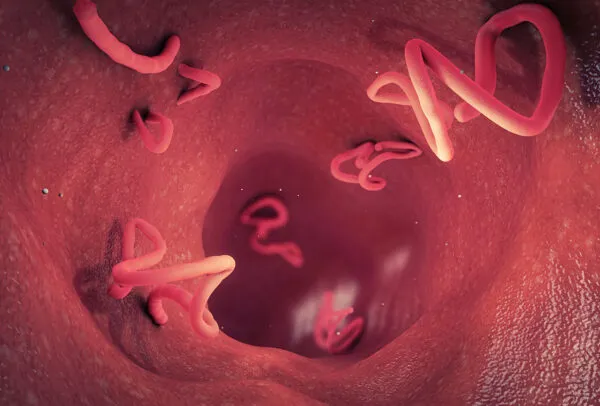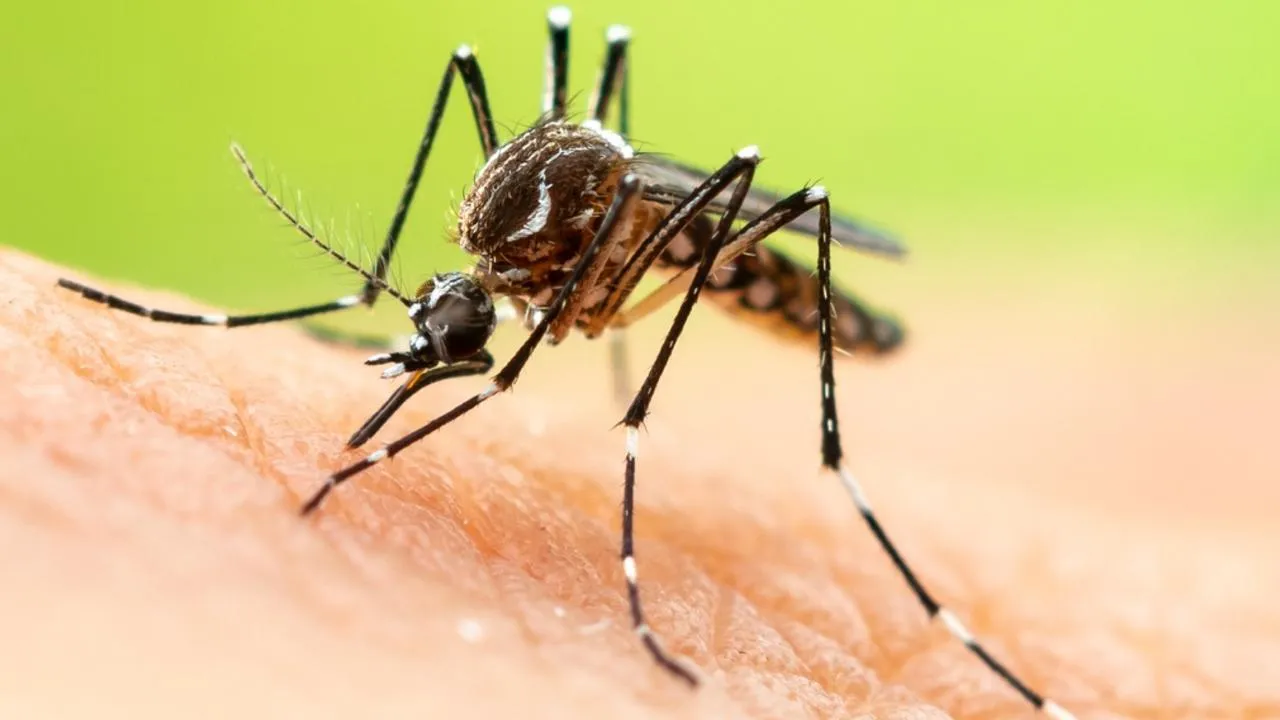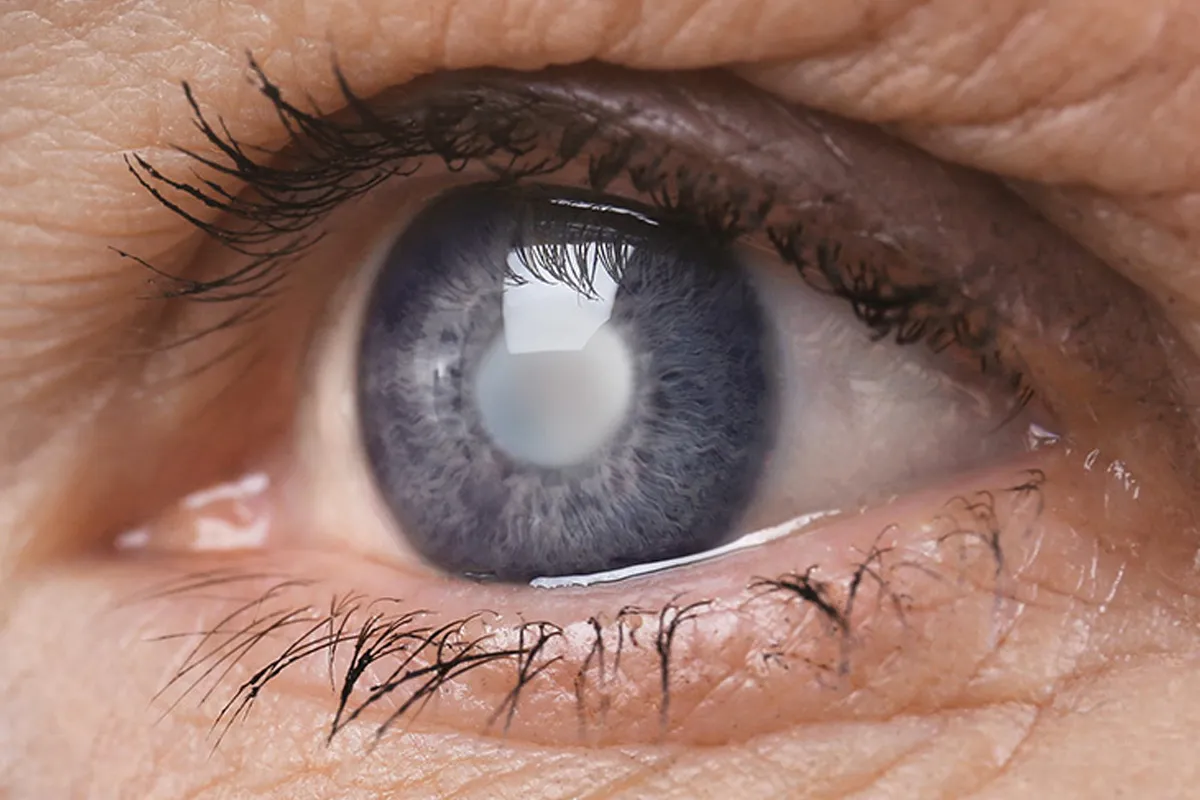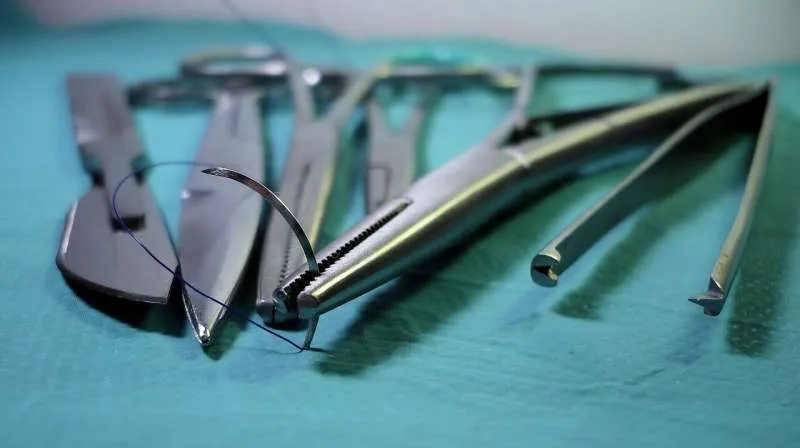Nonalcoholic fatty liver disease happens when there is an excess of fat in the liver. At first, there may be no symptoms, but it can lead to ongoing liver damage and more serious issues.
Doctors may diagnose nonalcoholic fatty liver disease (NAFLD) if fat represents more than 5–10% of the liver’s weight. The condition often develops alongside obesity, high blood pressure, diabetes, and high cholesterol. Someone with NAFLD may go on to have nonalcoholic steatohepatitis (NASH), a type of inflammation. This can result in cirrhosis, which is scarring and dysfunction of the liver.
About one third of adults in the India may have NAFLD but no inflammation or damage. NASH affects around 1.5% to 6.5% of this adult population.
Fat can build up in the liver for a range of reasons, including during pregnancy. Cirrhosis can stem from high alcohol consumption, but NAFLD and NASH do not result from this. Below, we explore NAFLD in detail, including its treatments.
SYMPTOMS AND STAGES:
The liver removes toxins from the body. If it does not work correctly, various issues can arise.
If the body produces too much
fat or does not metabolize fat correctly, it can accumulate in the liver. This is often referred to as having a “fatty liver.”
If fat continues to accumulate, inflammation can result. Eventually, it can lead to cirrhosis and liver failure.
NAFLD
A doctor may diagnose fatty liver, or NAFLD, if more than 5–10% of the liver weight is fat. This is not healthy, but it does not necessarily cause symptoms or have a severe impact at this stage. For most people, this condition does not progress further.
Many people with fatty liver do not know that they have it.
They may find out during routine tests for another condition or if a doctor recommends testing due to risk factors.
NASH
If fat continues to build up, inflammation can occur in the liver, leading to NASH.
Symptoms may include:
• Itchiness
• Abdominal swelling
• yellowing of the skin and eyes, known as jaundice
• Easy bruising and bleeding
• Spider-like veins visible just under the skin
• Slurred speech and confusion
• Behavioral changes
• Cirrhosis and liver failure
In time, 10–25% of people with NASH develop scarring, known as cirrhosis, and liver failure.
Symptoms of cirrhosis include:
• Tiredness and weakness
• Nausea, vomiting, and diarrhea
• Red patches on the palms of the hands
• Spider-like veins under the skin above the waist
• Pale or dark, tarry stools
• Dark urine
• Itching
• Jaundice
• Abdominal swelling and pain, due to a buildup of fluid
• Swelling of the ankles, feet, and legs
• Easy bleeding and bruising
• Changes to menstruation
• Enlarged breasts in males
• Swelling of the scrotum
• Loss of sexual desire
• Confusion, difficulty focusing, memory loss, and hallucinations
• Personality changes
In severe cases, a person may need a liver transplant.
TREATMENT AND DIET:
There is no medical treatment for a fatty liver, but various strategies can reduce the risk of liver problems and may reverse
Some damage that already exists.
The Recommended treatment (internationally approved)
Weight loss, if appropriate:
• Eating plenty of whole grains and fresh fruits and vegetables
• Choosing healthy oils, such as olive, soybean, safflower, or other vegetable oils
• Limiting the intake of red meat and saturated fats
• Avoiding foods containing added salt
• Limiting the intake of sugar, including sodas and sweetened juices
• Exercising for at least 30 minutes a day on most days of the week
• Avoiding alcohol
• Other ways to help protect the liver include:
• Following the doctor’s instructions when taking medications
• Seeking medical advice before using vitamins, supplements, or herbal remedies
• Having vaccinations for hepatitis A and B
The authors of a 2019 study investigating whether dietary changes can benefit people with NAFLD suggest consuming prebiotic fiber found in leeks, asparagus, and other plant foods and probiotic-enriched yogurt to help manage the intake of calories and boost the health of the gut microbiota.
They also recommend opting for plant-based protein rather than animal-based protein.
Scientists are looking at whether vitamin E may help, but more research is needed.
A tailored diet and exercise plan may also reduce the risk of various conditions, including obesity, diabetes, and cardiovascular disease, that often occur alongside NAFLD.
CAUSES AND RISK FACTORS:
• Doctors do not know exactly how or why NAFLD develops.
• It appears to happen when the body produces an excess of fat or cannot process fat properly.
• There are some risk factors, which include:
• Obesity
• Type 2 diabetes, high cholesterol levels, high blood pressure, and other features of metabolic syndrome
• Any health condition that affects the body’s ability to use or store fat
• Rapid weight loss or malnutrition
• Some medications, including corticosteroids, estrogens, some HIV drugs, and some cancer drugs
• Genetic factors
• Smoking
• Exposure to some toxins
DIAGNOSIS:
Since early stage NAFLD does not usually produce symptoms.
The diagnosis often follows a routine check or a test due to risk factors.
If a doctor suspects NAFLD, they will:
• Check the abdominal area for swelling
• Ask about the person’s diet, lifestyle, and alcohol consumption
• Consider the person’s use of medications and supplements
• Recommend imaging and other tests to rule out other possible health conditions
• Do a biopsy to confirm NAFLD and assess the extent of any damage
The author is Sr. Consultant Gastroenterology and Hepatobiliary Sciences, Fortis Escorts Hospital, Faridabad
‘Non-alcoholic fatty liver disease (NAFLD) is a very common disorder and refers to a group of conditions where there is accumulation of excess fat in the liver of people who drink little or no alcohol’

